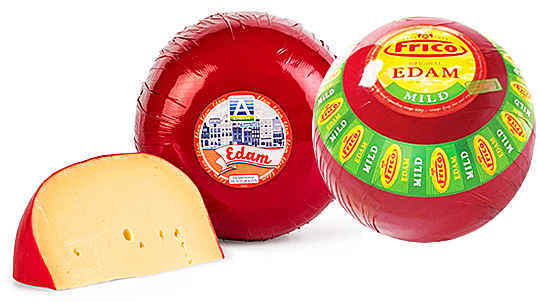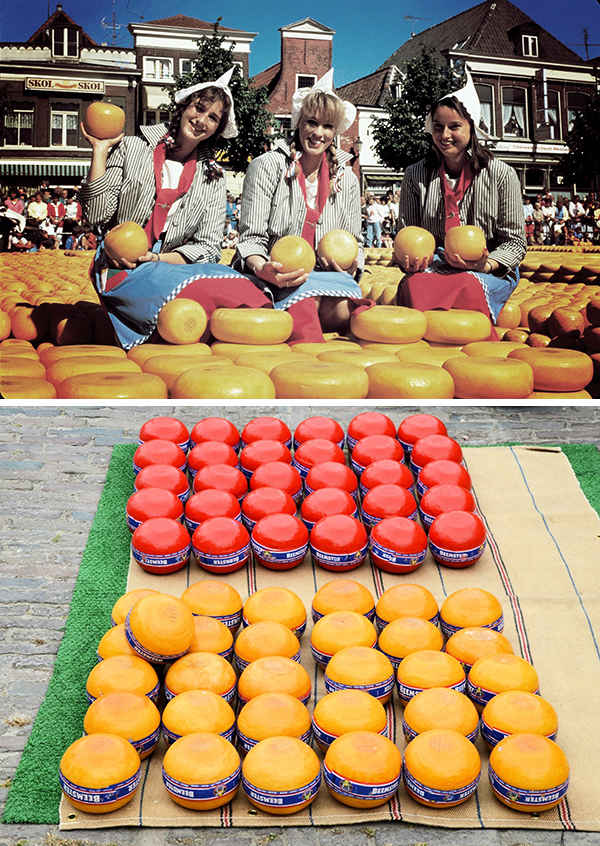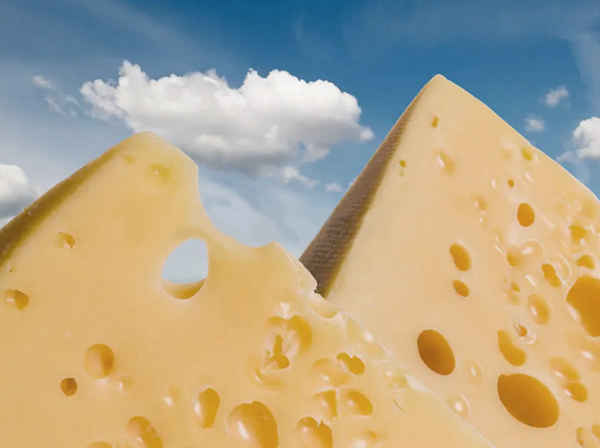What kind of cheese is made backward?
The question “What kind of cheese is made backward?” is a classic riddle. The answer to this riddle is “Edam” cheese. Let’s break down why this is the correct answer and explore some interesting facts about Edam cheese.

Understanding the Riddle
The riddle plays on the concept of spelling words backward. When you take the word “Edam” and spell it backward, you get “made.” Hence, the cheese that is “made backward” is “Edam.”
Why It’s Correct
Spelling Reversal: The primary trick of the riddle is the reversal of letters. “Edam” reversed is “made,” making it the perfect fit for the riddle.
Simplicity: The riddle is designed to be simple yet clever, relying on a play of words rather than any complex reasoning about cheese-making processes.
Interesting Facts About Edam Cheese
Origin and History
Dutch Roots: Edam cheese originates from the Netherlands, specifically the town of Edam in North Holland. It has been produced there since at least the 14th century.

Trade and Popularity: Historically, Edam was a popular trade cheese because of its durability and resistance to spoiling, making it ideal for long sea voyages.
Characteristics
Texture and Flavor: Edam cheese has a semi-hard texture and a mild, slightly nutty flavor. It becomes firmer and more flavorful as it ages.
Color and Shape: Traditionally, Edam is known for its distinctive red wax coating, though it can also be found with a yellow or black wax. It is typically made in round shapes, known as “wheels.”
Nutritional Profile
Fat Content: Edam has a lower fat content compared to many other cheeses, which can make it a preferable choice for those looking to reduce fat intake.
Protein and Calcium: Like most cheeses, Edam is a good source of protein and calcium, important for muscle repair and bone health.
Uses in Cuisine
Versatile Ingredient: Edam is versatile in culinary uses. It can be sliced for sandwiches, cubed for salads, grated for cooking, or simply enjoyed as part of a cheese platter.
Melting Properties: It melts well, making it suitable for various dishes, including sauces, baked goods, and casseroles.
Cultural Significance
Dutch Heritage: Edam holds a significant place in Dutch culture and heritage. It is a symbol of traditional Dutch cheese-making practices.
Festivals: In the town of Edam, cheese markets are a popular tourist attraction, where traditional cheese trading is demonstrated.
Fun Facts for Americans

Historical Export: During the Age of Exploration, Dutch traders would stock their ships with Edam cheese due to its long shelf life. It became a staple food item on long journeys.
Popular in Literature: Edam has been mentioned in various works of literature and art, sometimes symbolizing Dutch culture and cuisine.
Cheese Rolling Tradition: Similar to the famous cheese rolling events in England, some Dutch regions celebrate with their own unique cheese-related festivities, often involving Edam.
The riddle about the cheese made backward is a delightful wordplay that points to Edam cheese. Beyond the riddle, Edam has a rich history, distinctive characteristics, and remains a beloved cheese worldwide. Whether you’re a cheese connoisseur or just enjoy a good riddle, Edam offers a fascinating glimpse into the world of cheese-making and Dutch culture.












